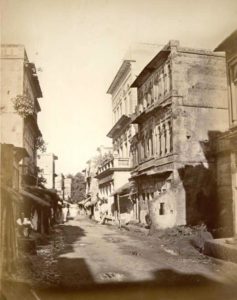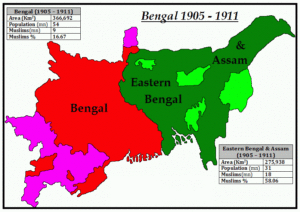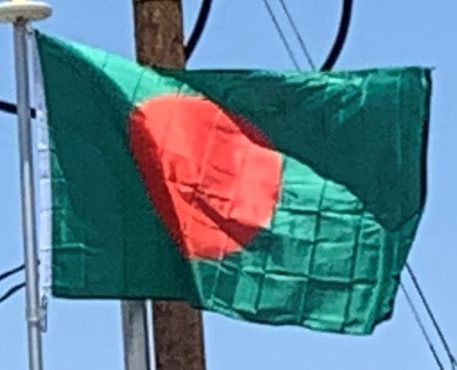
The Raj was slow to allow self-rule in the colonial subcontinent. It established the Bengal Legislative Council in 1862, and the council’s native Bengali representation increased during the early 20th century. The Bengal Provincial Muslim League was formed in 1913 to advocate civil rights for Bengali Muslims within a constitutional framework. During the 1920s, the league was divided into factions supporting the Khilafat movement and favoring cooperation with the British to achieve self-rule. Segments of the Bengali elite supported Mustafa Kemal Ataturk’s secularist forces. In 1929, the All Bengal Tenants Association was formed in the Bengal Legislative Council to counter the influence of the Hindu landed gentry, and the Indian Independence and Pakistan Movements strengthened during the early 20th century. After the Morley-Minto Reforms and the diarchy era in the legislatures of British India, the British government promised limited provincial autonomy in 1935. The Bengal Legislative Assembly, British India’s largest legislature, was established in 1937.
Partition of Bengal (1947):
On 3 June 1947 Mountbatten Plan outlined the partition of British India. On 20 June, the Bengal Legislative Assembly met to decide on the partition of Bengal. At the preliminary joint meeting, it was decided (120 votes to 90) that if the province remained united it should join the Constituent Assembly of Pakistan. At a separate meeting of legislators from West Bengal, it was decided (58 votes to 21) that the province should be partitioned and West Bengal should join the Constituent Assembly of India. At another meeting of legislators from East Bengal, it was decided (106 votes to 35) that the province should not be partitioned and (107 votes to 34) that East Bengal should join the Constituent Assembly of Pakistan if Bengal was partitioned.[61] On 6 July, the Sylhet region of Assam voted in a referendum to join East Bengal. Cyril Radcliffe was tasked with drawing the borders of Pakistan and India, and the Radcliffe Line established the borders of present-day Bangladesh.

Union with Pakistan:
The Dominion of Pakistan was created on 14 August 1947. East Bengal, with Dhaka its capital, was the most populous province of the 1947 Pakistani federation (led by Governor General Muhammad Ali Jinnah, who promised freedom of religion and secular democracy in the new state). East Bengal was also Pakistan’s most cosmopolitan province, home to peoples of different faiths, cultures and ethnic groups. Partition gave increased economic opportunity to East Bengalis, producing an urban population during the 1950s.
Pakistan adopted its first constitution in 1956. Three Bengalis were its Prime Minister until 1957: Nazimuddin, Mohammad Ali of Bogra and Suhrawardy. None of the three completed their terms, and resigned from office. The Pakistan Army imposed military rule in 1958, and Ayub Khan was the country’s strongman for 11 years. Political repression increased after the coup. Khan introduced a new constitution in 1962, replacing Pakistan’s parliamentary system with a presidential and gubernatorial system (based on electoral college selection) known as Basic Democracy. In 1962 Dhaka became the seat of the National Assembly of Pakistan, a move seen as appeasing increased Bengali nationalism.
